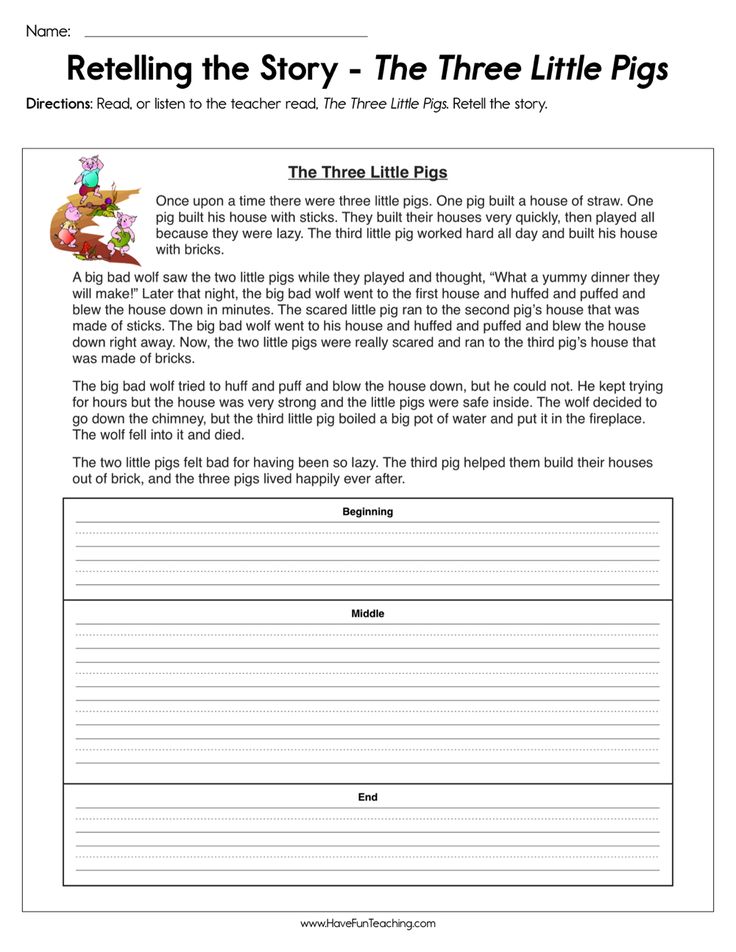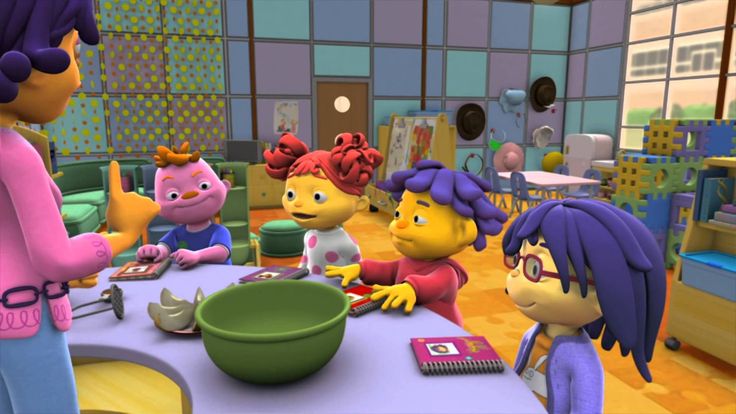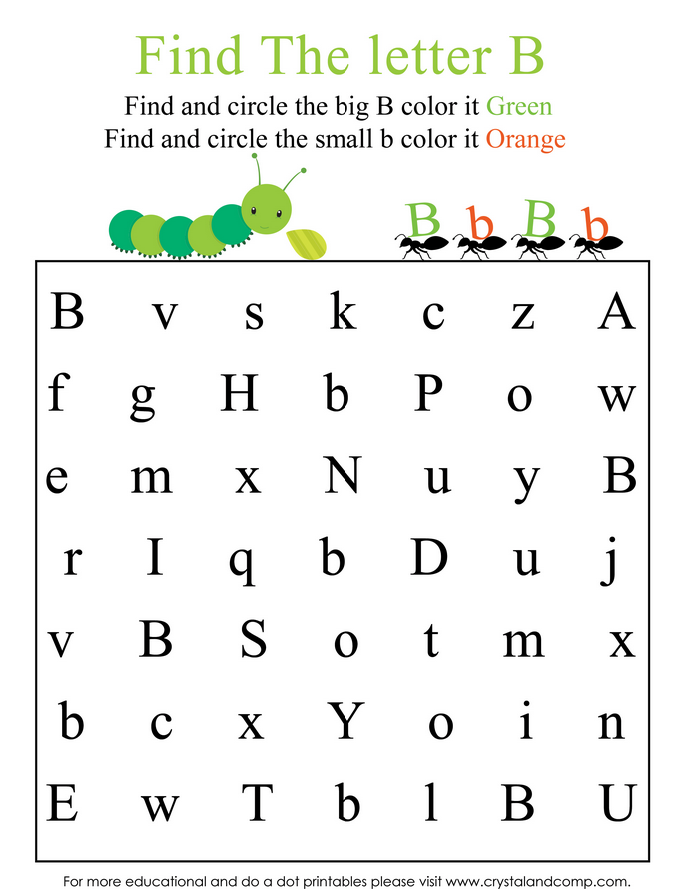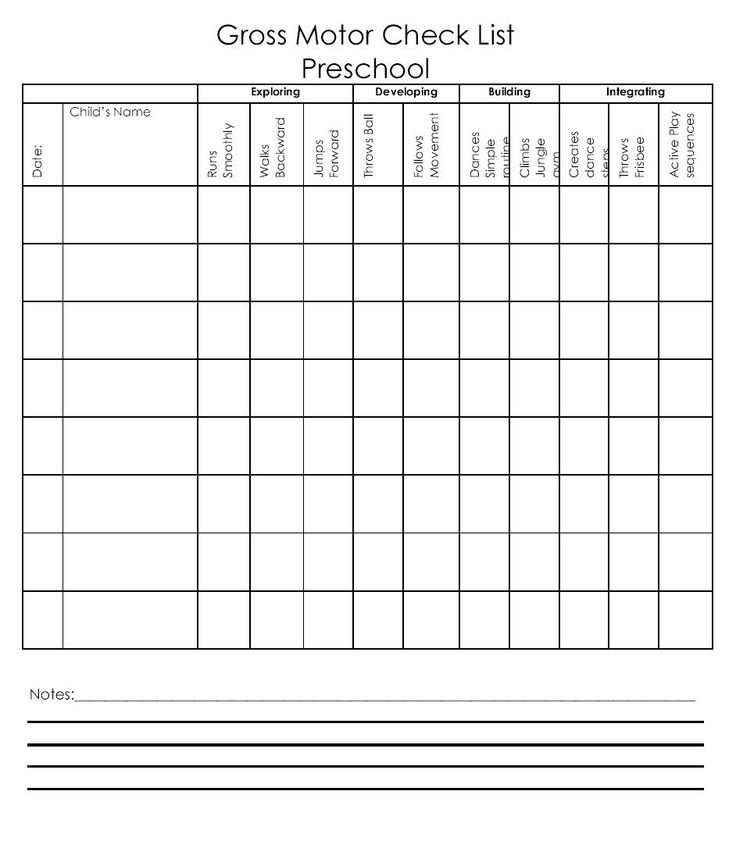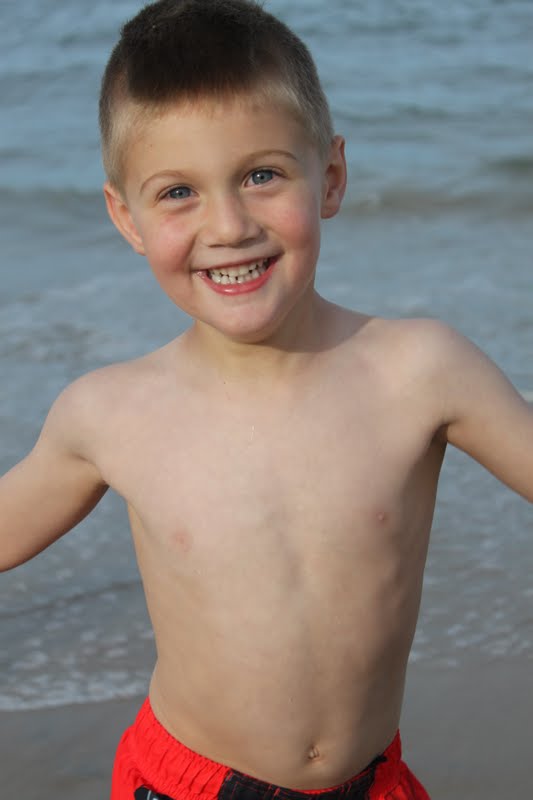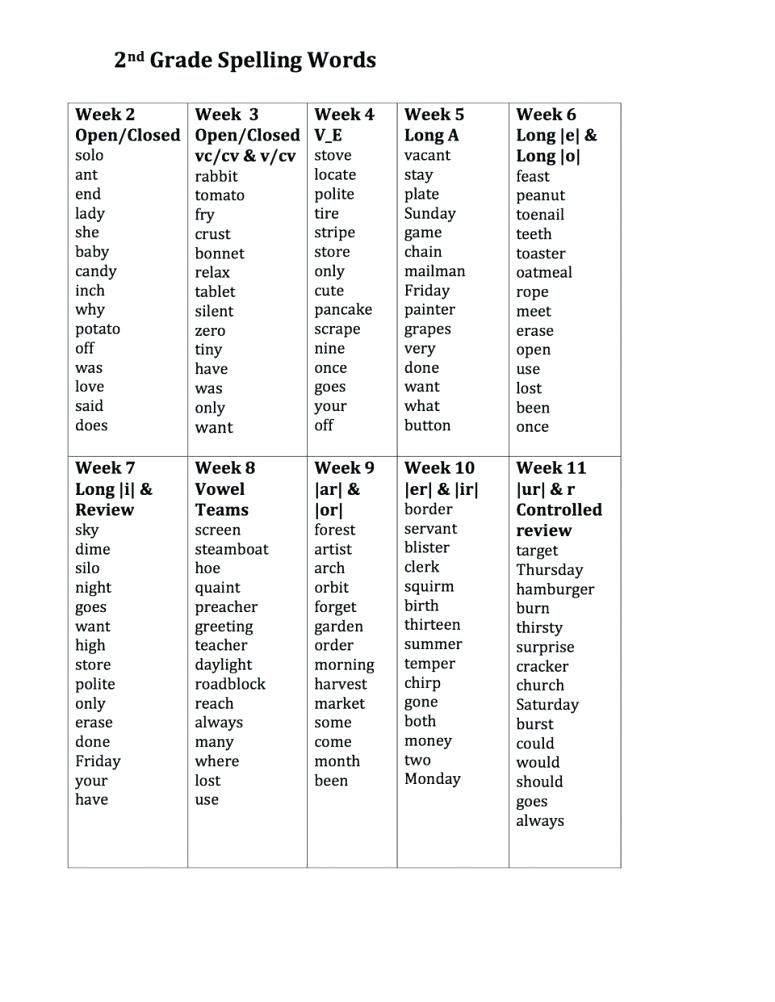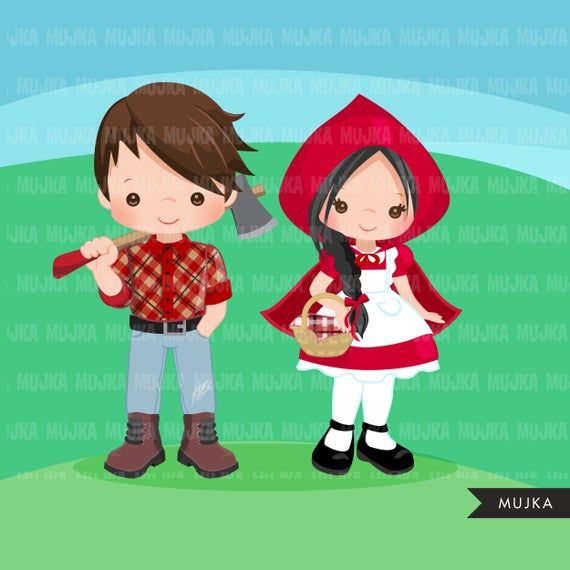Name of the three little pigs
The Three Little Pigs
Once upon a time, there were three little pigs, named Peter, Patty and Penny, who left their mommy and daddy to see the world.
All summer long, they roamed through the woods and fields, playing games and having fun. None were happier than the three little pigs, and they easily made friends with everyone they met.
Wherever they went, they were given a warm welcome and never had to worry about where they would sleep. But as summer drew to a close, they realized that people were starting to prepare their homes for winter. The three little pigs decided that they too needed a home of their own to keep them safe and warm through the winter.
Peter, the first little pig, was the oldest of the three. He decided to build a straw hut. "It'll only take a day! Then I'll go have fun and play," he sang enthusiastically.
The others disagreed.
"It's too fragile," they said
disapprovingly, but Peter refused to listen (after all, he WAS the oldest by 3 whole
minutes).
Patty Pig was the second little pig (born 3 minutes after Peter and 4 seconds before Penny). She decided that a house of straw would be too cold during the winter (and that bugs might get in!) So she went off in search of twigs and wood to build her house.
"Clunk! Clunk! Clunk!" It took her two days to nail her house of wood together. Patty finished, looked at her house and thought, "well..., it's a little wobbly and maybe it isn't my VERY best job... But it's supposed to be warm this winter so it should do."
Penny quietly voiced her opinion that the house didn't look sturdy enough to stand up to wind, rain, snow (or bugs). Peter teased that Patty had wasted a whole day searching for wood when she could have been having fun playing with him. Patty turned and sang out, "It only took an extra day. Now I can go have fun and play."
Penny Pig was the youngest of the three and being
the youngest loved to play at least as much as Peter and Patty did.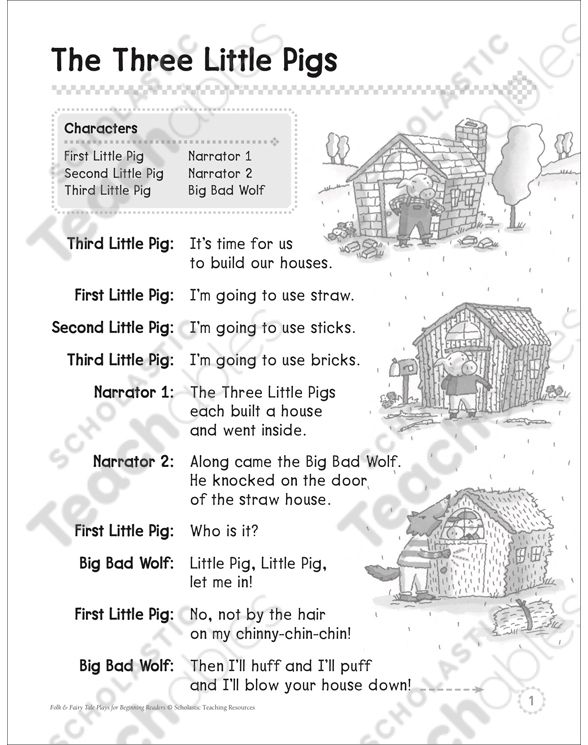 But she
remembered what her mommy and daddy had taught her growing up.
But she
remembered what her mommy and daddy had taught her growing up.
Her daddy always told her, "we don't expect you to be perfect Penny."
And her mommy always added, "we'll always be proud of you as long as you've done your very best job."
So Penny Pig sighed and thought, "it will take time, patience and hard work to build a safe, warm, comfortable house. I've never done it before and I'm a little nervous, but I'm going to do my very best job!"
Penny went to the library and took out some books about building houses. She spent two whole days reading the books before she decided that a house of bricks would be the best choice.
Penny spent another whole day collecting supplies.
A day to lay the foundation. Another to pour the cement. Yet another to
stack the bricks and four more to put on the roof and paint. Just to make sure that
she'd tried her best, she decided to take a few more days to build some cozy wooden
furniture to put in her house of bricks.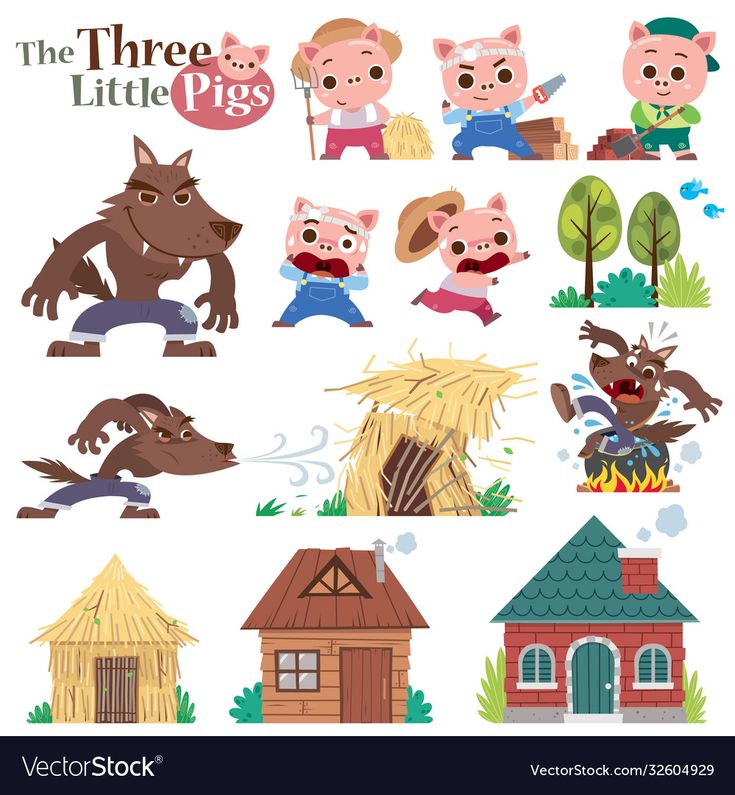 By the time she was done her house, two
weeks had passed and the leaves outside had taken on their autumn colours.
By the time she was done her house, two
weeks had passed and the leaves outside had taken on their autumn colours.
Penny looked at her little house with pride. Sure, the chimney was a little crooked and the paint had dripped a bit here and there, but Penny knew that she'd done her very best job and was quite proud of what she'd accomplished.
Peter, Patty and Penny spent the next day playing. The two older pigs teased Penny that she'd wasted the whole fall building her house (and Peter couldn't resist pointing out that even after all that work, Penny hadn't even managed to get the chimney on straight!) But Penny was happy with the choices she'd made as she sat in front of her cozy fireplace that night.
Peter wasn't nearly as comfortable in his house of
straw. The cold night air crept in quickly. Peter hadn't taken the time to
build a bed so huddled in the corner on a mound of leftover straw. As the sun rose
the next morning, Peter was starting to wish that he'd spent a bit more time on his house.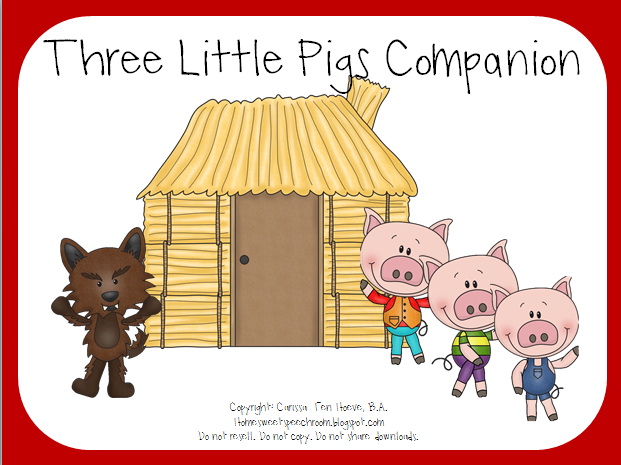 As he pondered what he was going to use to cook breakfast with, Peter heard a knock
on the door.
As he pondered what he was going to use to cook breakfast with, Peter heard a knock
on the door.
"Who's there?" Peter asked... It was awfully early for visitors.
Peter hadn't been the only one wondering about breakfast. A big, bad, hungry wolf had wandered through the forest. He hadn't eaten for awhile and a nice young piggy was just the kind of breakfast he was craving!
"Come out!" ordered the wolf, his mouth watering. "I want to speak to you!"
Peter may have been a bit lazy, but he certainly wasn't dumb. "I'd rather stay where I am," he replied.
"Come out now!" yelled the wolf fiercely.
"Not by the hair on my chin-y chin chin," teased Peter (after all, what could the wolf do about it).
"Then I'll huff and I'll puff and I'll
bloooooow your house in!" threatened the wolf who blew with all his might,
right onto the house. All the straw that Peter had heaped against some thin poles
fell down in the great blast.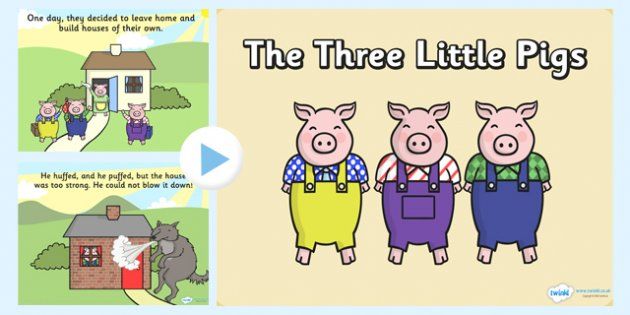
Peter dashed as fast as he could to his sister Patty's house. Patty had heard the commotion. She ran to the door, accidentally squishing a beetle that was sitting by her bed. She bravely brushed the two spiders that had built webs inside the doorframe out of her way and pulled the door open for her brother.
The wolf ran after Peter and shouted "Come out and play with me!" just as the door slammed in his face.
"Not by the hair on our chin-y chin chins," replied Patty (almost as upset about all the bugs she had begun to notice scurrying around her floor as she was about the wolf).
"Then I'll huff and I'll puff and I'll bloooooow your house in!" yelled the wolf who blew with all his might, right onto the house. The wooden house creaked and squeaked and then collapsed like a pack of cards.
Peter and Patty dashed out and were halfway to
Penny's house before the last twig had hit the ground.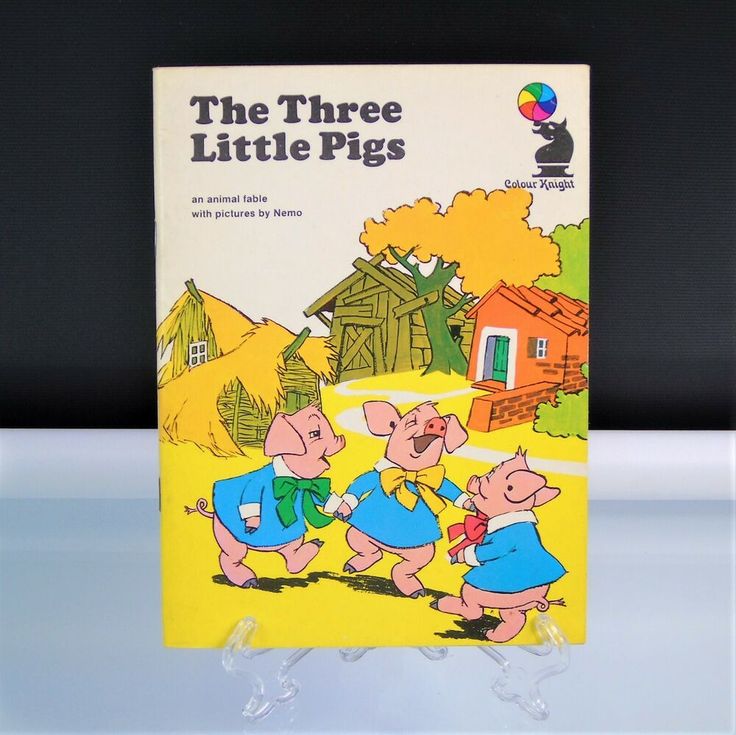 Penny urged them in, took one
last look at the crooked chimney, crossed her fingers and slammed the door.
Penny urged them in, took one
last look at the crooked chimney, crossed her fingers and slammed the door.
"Come out here, now! I want my breakfast," growled the wolf, not bothering to pretend anymore.
"Not by the hair on our chin-y chin chins," replied Peter, Patty and Penny (her fingers still crossed tightly).
"Then I'll huff and I'll puff and I'll bloooooow your house in!" yelled the wolf who blew with all his might, right onto the house.
Nothing happened.
The wolf drew an even deeper breath and blew again. And again! But Penny Pig's house of bricks with the crooked chimney and drippy paint was her very best job and it would NOT fall down no matter how hard the wolf blew.
After all his huffing and puffing the wolf was even hungrier than he'd been to begin with and he was not about to give up. He climbed carefully up a nearby ladder and scrambled onto the roof. Before Peter, Patty and Penny knew what was happening, the wolf started to slide down the chimney!
"Yikes!" cried Peter.
"We're toast!" sobbed Patty.
"Bacon, actually!" wailed Penny.
But slowly the three little pigs realized that the wolf had somehow gotten stuck before he had made it all the way down. Understanding what had happened, Penny started to giggle nervously. "I think he got caught in the crooked part of my chimney!"
Peter nodded with disbelief, jumped up and threw some wood onto the fireplace. Patty grabbed the matches and started a fire which was soon roaring. It didn't take long for the three little pigs to hear the anguished howl of the wolf as he scrambled back up the chimney. The flames licked his hairy coat and his tail became a flaming torch.
"Never again! Never again will I go down a chimney!" he squealed, as he tried to put out the flames in his tail. Then he ran away as fast as he could.
That very same day, Peter and Patty took out
library books on how to build a brick house. Penny did her best to give them some
instruction and Peter showed his sisters how to put on paint without it getting drippy
(after all, he WAS the oldest by 3 whole minutes).
Penny did her best to give them some
instruction and Peter showed his sisters how to put on paint without it getting drippy
(after all, he WAS the oldest by 3 whole minutes).
The wolf did return once to roam in the neighbourhood, but when he caught sight of THREE crooked chimneys, he remembered the terrible pain of a burnt tail and he left for good.
Now safe and happy, Penny sang out to her brother and sister, "No more working for today... Come on let's go out to play!"
Printable version of this story
<BACK
The Three Little Pigs
None Tired of living in a leaky shack, three pigs build new houses: one of playing cards, one of cotton candy, and one of bricks. A wolf appears, and by huffing and puffing, blows down the first two houses but not the house of bricks. In the end, the pigs discover that the wolf is exactly like them: he just wants a safe place to live! Tired of their creaky, leaky, moldy old shack, three pigs innovate to build new houses out of playing cards, cotton candy, and bricks.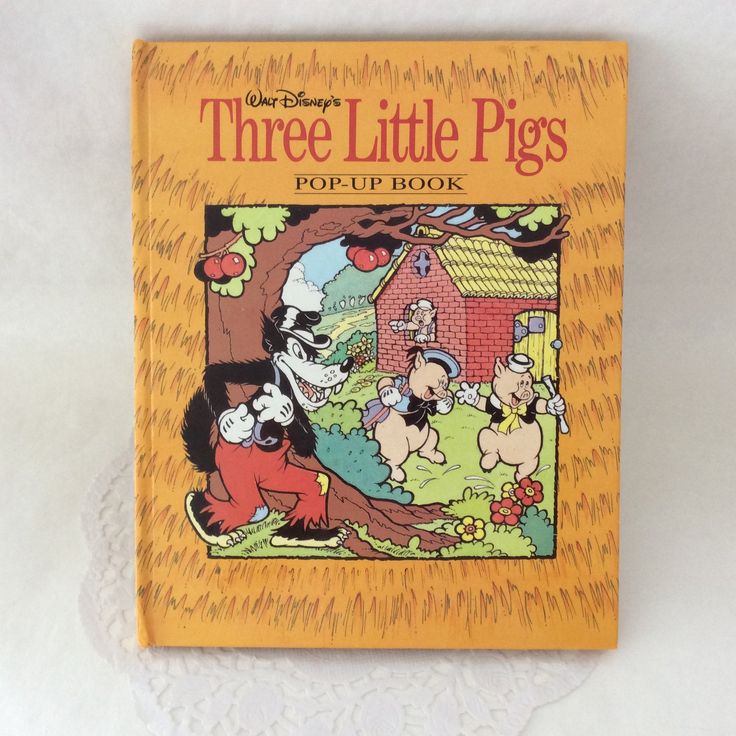 When a big bad wolf shows up, he huffs and puffs and blows down the first two houses. When the wolf arrives at the third house, he finds it too strong to blow down. Then the pigs discover some surprising information about the wolf that makes them rethink their opinion of the wolf! Kids can help the pigs build their new houses while parents enjoy the builder pig, Peter, voiced by Bob Villa. show full description Show Short Description
When a big bad wolf shows up, he huffs and puffs and blows down the first two houses. When the wolf arrives at the third house, he finds it too strong to blow down. Then the pigs discover some surprising information about the wolf that makes them rethink their opinion of the wolf! Kids can help the pigs build their new houses while parents enjoy the builder pig, Peter, voiced by Bob Villa. show full description Show Short Description Fairy Tales
Browse our collection of fairy tales including those made famous by The Brothers Grimm and Hans Christian Andersen
view all
Jack and the Beanstalk
Goldilocks and the Three Bears
Goldilocks
Harold's Fairy Tale
Little Red Riding Hood
The Three Little Pigs
Three Little Pigs
One membership, two learning apps for ages 2-8.
TRY IT FOR FREE
Full Text
Once upon a time, there were three little pigs named Penelope, Paul, and Peter. The pigs lived together in a creaky, leaky, eensy, weensy, moldy, old shack. One night, while the pigs were sleeping, the old ceiling started to crack and—boom! Peter’s hammock fell on Paul’s hammock and Paul’s hammock fell on Penelope’s hammock, and all the little pigs fell down on the floor! “That’s it,” said Peter. “This old shack is falling apart! It’s time that we each get our own houses—strong houses that won’t fall apart!” The three little pigs decided they would each build new, stronger houses of their own. The first little pig loved to play games, so she decided to build her house out of playing cards. The second little pig was a baker, so he decided to build his house out of his very favorite food in the world—cotton candy. The third little pig was a construction worker. He knew all about building strong houses, and he decided to build his house out of bricks. That night, the big, bad wolf came creeping up to Penelope Pig’s house and knocked on her door. “Little pig, little pig, let me in,” said the wolf. Penelope thought surely the wolf had come to gobble her up! “Not by the hair on my chinny chin chin!” she cried. “Then I’ll huff and I’ll puff and I’ll blow your house in,” said the wolf. The house of cards wasn’t strong enough. The big, bad wolf huffed and puffed and blew the house down. Whoosh! Penelope ran and ran until she came to her brother’s cotton candy house. “The wolf wants to gobble me up!” said Penelope. “Don’t worry, he won’t be able to get us in here,” said Paul. Outside, the big, bad wolf came creeping up to Paul Pig’s house and knocked on the door! “Little pigs, little pigs, let me in,” said the wolf. “Not by the hair on our chinny chin chins!” cried the pigs. “Then I’ll huff and I’ll puff and I’ll blow your house in,” said the wolf. The house of cotton candy wasn’t strong enough. The big bad wolf huffed and puffed and blew the house down! Whoosh! Penelope and Paul ran and ran until they came to their brother’s brick house.
That night, the big, bad wolf came creeping up to Penelope Pig’s house and knocked on her door. “Little pig, little pig, let me in,” said the wolf. Penelope thought surely the wolf had come to gobble her up! “Not by the hair on my chinny chin chin!” she cried. “Then I’ll huff and I’ll puff and I’ll blow your house in,” said the wolf. The house of cards wasn’t strong enough. The big, bad wolf huffed and puffed and blew the house down. Whoosh! Penelope ran and ran until she came to her brother’s cotton candy house. “The wolf wants to gobble me up!” said Penelope. “Don’t worry, he won’t be able to get us in here,” said Paul. Outside, the big, bad wolf came creeping up to Paul Pig’s house and knocked on the door! “Little pigs, little pigs, let me in,” said the wolf. “Not by the hair on our chinny chin chins!” cried the pigs. “Then I’ll huff and I’ll puff and I’ll blow your house in,” said the wolf. The house of cotton candy wasn’t strong enough. The big bad wolf huffed and puffed and blew the house down! Whoosh! Penelope and Paul ran and ran until they came to their brother’s brick house.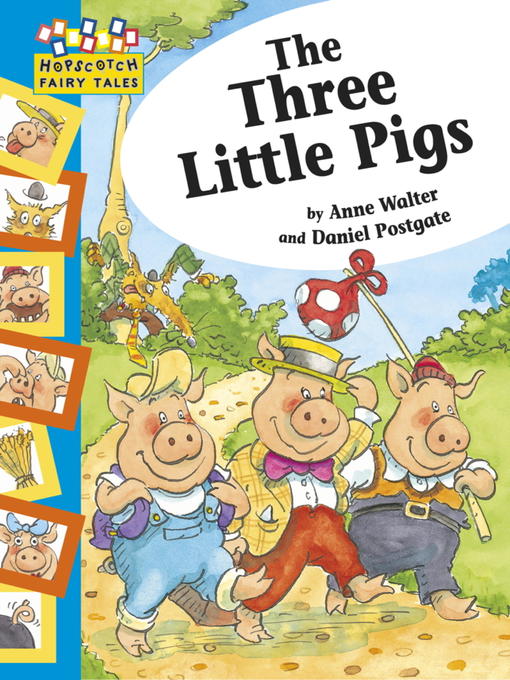 “The wolf is trying to gobble us up!” cried Paul. “Don’t worry, he won’t be able to get us in here,” said Peter. Outside, the big, bad wolf came creeping up to Peter Pig’s house and knocked on the door. “Little pigs, little pigs, let me in,” said the wolf. “Not by the hair on our chinny chin chins!” cried the pigs. “Then I’ll huff and I’ll puff and I’ll blow your house in,” said the wolf. But the house of bricks was too strong for the wolf. No matter how hard he tried, he couldn’t blow the house down. “Mr. Wolf, you’re not going to gobble us up today,” said Peter proudly. “Gobble you up?” asked the wolf. “I don’t want to eat you! I just need a house where I can stay.” The wolf explained to the pigs that he loved candles. When it was time for him to build a house of his own, he had made it out of wax. But the house of wax wasn’t strong enough, and on a hot day the wax house melted away. The next day, Peter gathered materials to build strong new houses. Penelope’s new house was going to be rectangular with hearts painted on it like a playing card.
“The wolf is trying to gobble us up!” cried Paul. “Don’t worry, he won’t be able to get us in here,” said Peter. Outside, the big, bad wolf came creeping up to Peter Pig’s house and knocked on the door. “Little pigs, little pigs, let me in,” said the wolf. “Not by the hair on our chinny chin chins!” cried the pigs. “Then I’ll huff and I’ll puff and I’ll blow your house in,” said the wolf. But the house of bricks was too strong for the wolf. No matter how hard he tried, he couldn’t blow the house down. “Mr. Wolf, you’re not going to gobble us up today,” said Peter proudly. “Gobble you up?” asked the wolf. “I don’t want to eat you! I just need a house where I can stay.” The wolf explained to the pigs that he loved candles. When it was time for him to build a house of his own, he had made it out of wax. But the house of wax wasn’t strong enough, and on a hot day the wax house melted away. The next day, Peter gathered materials to build strong new houses. Penelope’s new house was going to be rectangular with hearts painted on it like a playing card. Paul’s new house was going to be pink and round just like cotton candy, and the wolf’s new house was going to be tall and thin like a candle. Now that they each had their very own, very strong houses, the three pigs and the big, not-so-bad wolf lived happily together in their homey, comfy, cozy, new neighborhood.
Paul’s new house was going to be pink and round just like cotton candy, and the wolf’s new house was going to be tall and thin like a candle. Now that they each had their very own, very strong houses, the three pigs and the big, not-so-bad wolf lived happily together in their homey, comfy, cozy, new neighborhood.
1
We take your child's unique passions
2
Add their current reading level
3
And create a personalized learn-to-read plan
4
That teaches them to read and love reading
TRY IT FOR FREE
Why does the pig have a name? | Papmambuk
In the middle of the last century, the well-known child psychotherapist and psychoanalyst Bruno Bettelheim wrote the book "On the Benefits of Magic", which interprets the plots of European folk tales. In particular, the English fairy tale "Three Little Pigs" ("Three Little Pigs").
Three pigs, according to Bettelheim, symbolize the different stages of a child's development.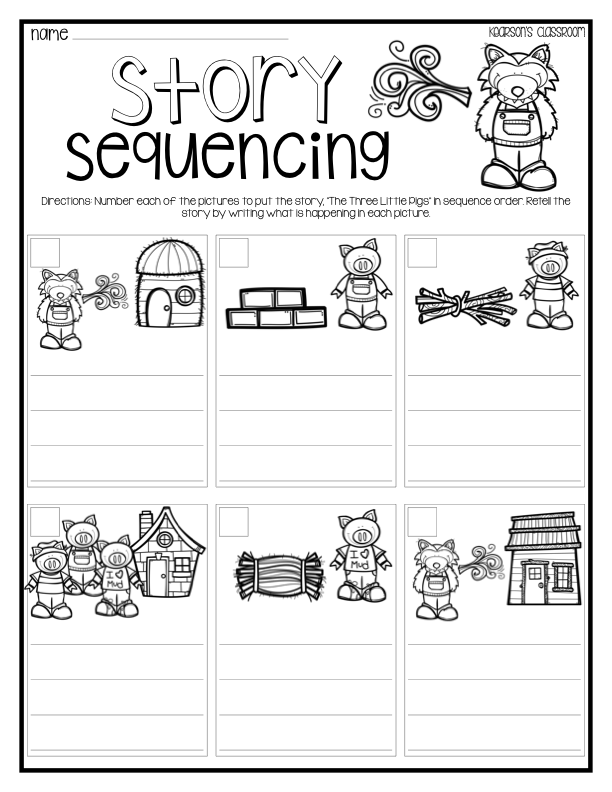
The life of a small child, according to the ideas of psychoanalysts, is subject to the principle of pleasure: I strive for what gives me pleasure. Getting pleasure is the main driving stimulus of life. At the same time, I demand pleasure immediately and do not understand, do not accept any delay in receiving pleasure.
With age, this principle of existence must be replaced by another: the child must learn to act on the principle of reality. Each of us wants to enjoy life. But the satisfaction of our desires may not always be instantaneous. Moreover, most often it is delayed. And, striving for pleasure, we must reckon with circumstances and with other people. Pleasure is not given to us just like that: in order to enjoy it, you need to make an effort.
This difficult transition from the pleasure principle to the reality principle, according to Bruno Bettelheim, is the story of the fairy tale "Three Little Pigs".
Two little pigs build their house from fragile materials: one from straw, the other from twigs.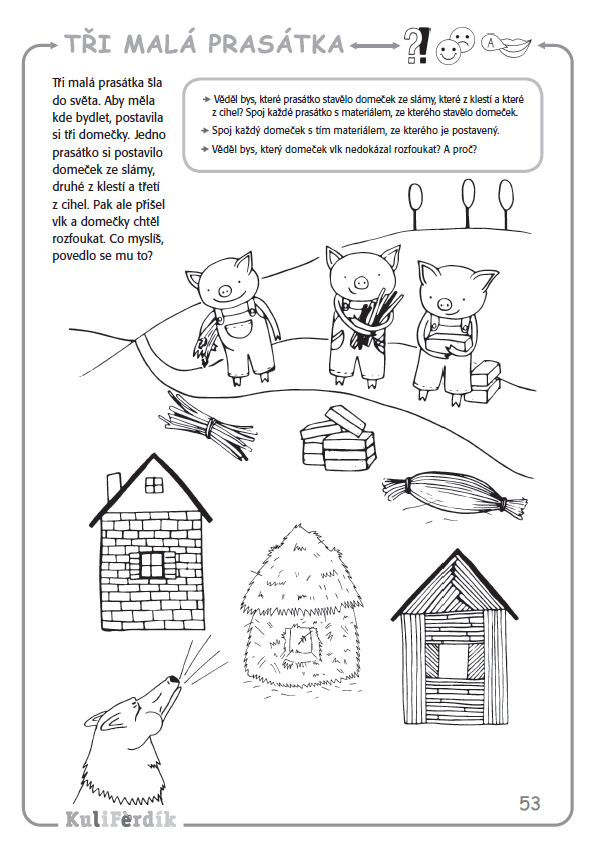 Both try to spend as little time and effort on this activity as possible and leave it at the first opportunity - to play. Two little pigs do not want (cannot) think about the future, about possible dangers. The main thing in their life is the momentary and quick satisfaction of emerging desires. True, the tale notes that the second piglet is still trying to build a house from something more solid than the younger one - there are signs of growing up! But they are not yet sufficiently expressed.
Both try to spend as little time and effort on this activity as possible and leave it at the first opportunity - to play. Two little pigs do not want (cannot) think about the future, about possible dangers. The main thing in their life is the momentary and quick satisfaction of emerging desires. True, the tale notes that the second piglet is still trying to build a house from something more solid than the younger one - there are signs of growing up! But they are not yet sufficiently expressed.
Only the third, oldest, piglet can already restrain his desires, can postpone the game for the sake of business. He is able to foresee the future and possible dangers. The older pig is even able to predict the behavior of the wolf. The wolf is an enemy, an insidious stranger who wants to seduce the pig, lure him into a trap. The wolf personifies everything asocial and unconscious and therefore has a terrible destructive power.
But the little pig is able to resist him - as our consciousness is capable of resisting our own unconscious impulses.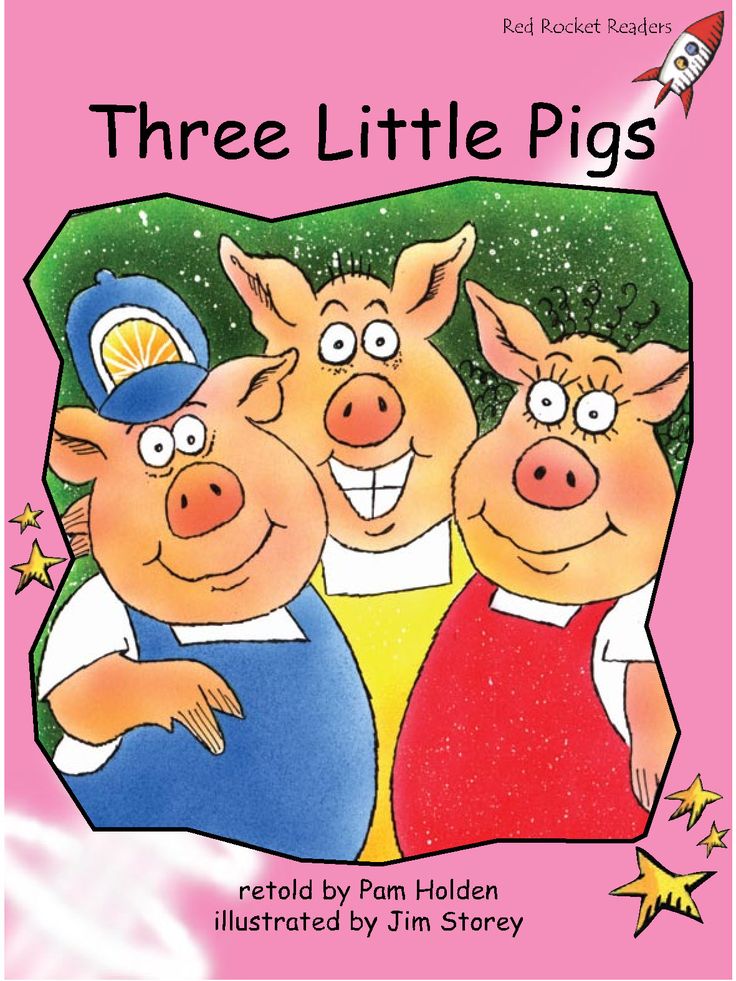 The piglet, with its reasonable, conscious actions, frustrates the plans of the enemy, far superior to him in ferocity and cruelty.
The piglet, with its reasonable, conscious actions, frustrates the plans of the enemy, far superior to him in ferocity and cruelty.
In each of us, says Bettelheim, live a wolf and a pig. And our psyche is the place of their competition in strength. The fairy tale informs the child about this in a figurative, fascinating form.
The actions of the piglets and the wolf are described tensely and dynamically: here the piglet is running away from the wolf, the wolf is chasing him. Here is a pig hiding in a house. The wolf puffs out his cheeks, blows, destroys the fragile pig house... All actions are understandable to the child, everything is imaginable - including the actions of the wolf. After all, the baby knows from his own experience what it means to destroy houses (for example, houses made of cubes). Therefore, he follows what is happening with awe and delight.
In an English folk tale, an evil wolf not only destroys a straw house, but also eats its owner, the first pig.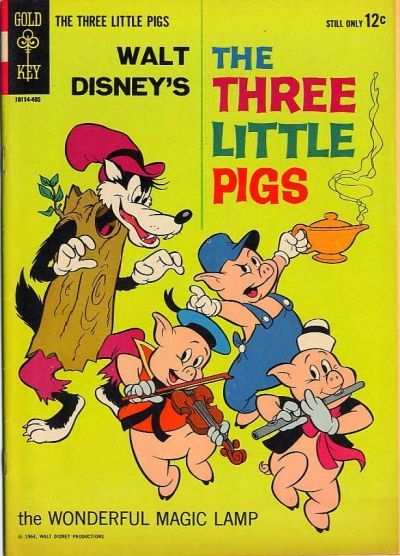 Then he destroys the house of branches and eats the second pig. Only the third piglet manages to escape. Bettelheim believes that the defeat and disappearance of the first two piglets in the perception of the child is compensated by the fate of the third piglet: the first two, younger piglets must certainly disappear, as they represent the two early stages of development that the child must overcome.
Then he destroys the house of branches and eats the second pig. Only the third piglet manages to escape. Bettelheim believes that the defeat and disappearance of the first two piglets in the perception of the child is compensated by the fate of the third piglet: the first two, younger piglets must certainly disappear, as they represent the two early stages of development that the child must overcome.
The third piglet is perceived by the child as a successful transformation of the first two: if we want to rise to a higher level of development, we must part with early forms of behavior. The fact that the pigs in the folk tale do not have names helps the child to identify them with each other - and with himself. And "save" from the wolf in the form of the third pig.
The wolf fails to eat the third pig. This piglet - due to the fact that he is smarter and more mature than the first two - knows how to defend himself from the enemy. For the child listener, this is a comforting prospect: growing up is not bad at all.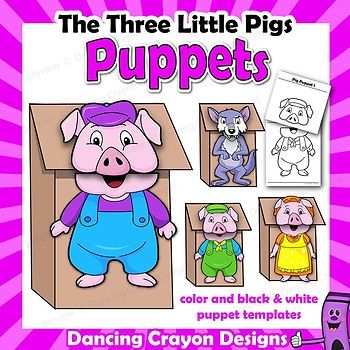
True, in an English fairy tale, a solid house does not give an absolute sense of security: the wolf does not stop trying to eat the pig. He knows that the piglet is greedy for tasty things, and he tries to lure him out of the safe stone house: first he invites him to go to the garden where the turnip has grown (and the owner is away), then to the garden where the apples have ripened, and finally to the fair, where there are a lot of temptations. But the piglet does not give in. He unravels the wolf's tricks and each time manages to get ahead of the wolf.
Unable to deceive the pig, the wolf decides to climb into his house through the pipe. He expects that the pig does not suspect anything and calmly went to bed. But he guesses about the intrigues of the wolf, melts the fireplace at an inopportune time and puts a cauldron of boiling water on fire. The wolf that climbed into the chimney falls into this cauldron. The pig tightly closes the cauldron with a lid, and the wolf turns .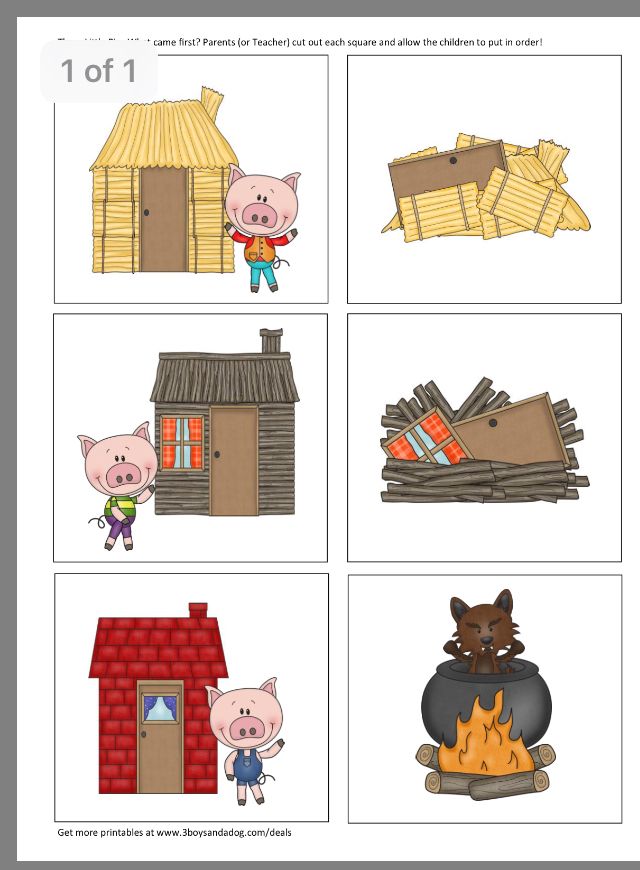 .. into boiled meat for the pig. Piglet, tying a napkin around his neck and armed with a knife and fork, dine on wolf meat. (There is nothing incredible about this, given that pigs are omnivores.)
.. into boiled meat for the pig. Piglet, tying a napkin around his neck and armed with a knife and fork, dine on wolf meat. (There is nothing incredible about this, given that pigs are omnivores.)
Bettelheim states that children perceive such an ending as a happy one. After all, the wolf had eaten two little pigs before. When he himself becomes food for the piglet, this is just retribution. The child agrees with such punishment. After all, the wolf is definitely bad. Moreover, the wolf personifies the bad that exists in the child himself. After all, a small child is familiar with the desire to destroy (as already mentioned, he watches the wolf with mixed feelings when he destroys the piglets' houses). But even a small child from some point is already able to feel: such a desire can turn into trouble for the destroyer. This feeling, this “guess”, the tale of the three little pigs confirms: one cannot be a greedy “devourer”.
The fairy tale "Three Little Pigs" makes the child think about his behavior, but does it gradually, without any moralizing.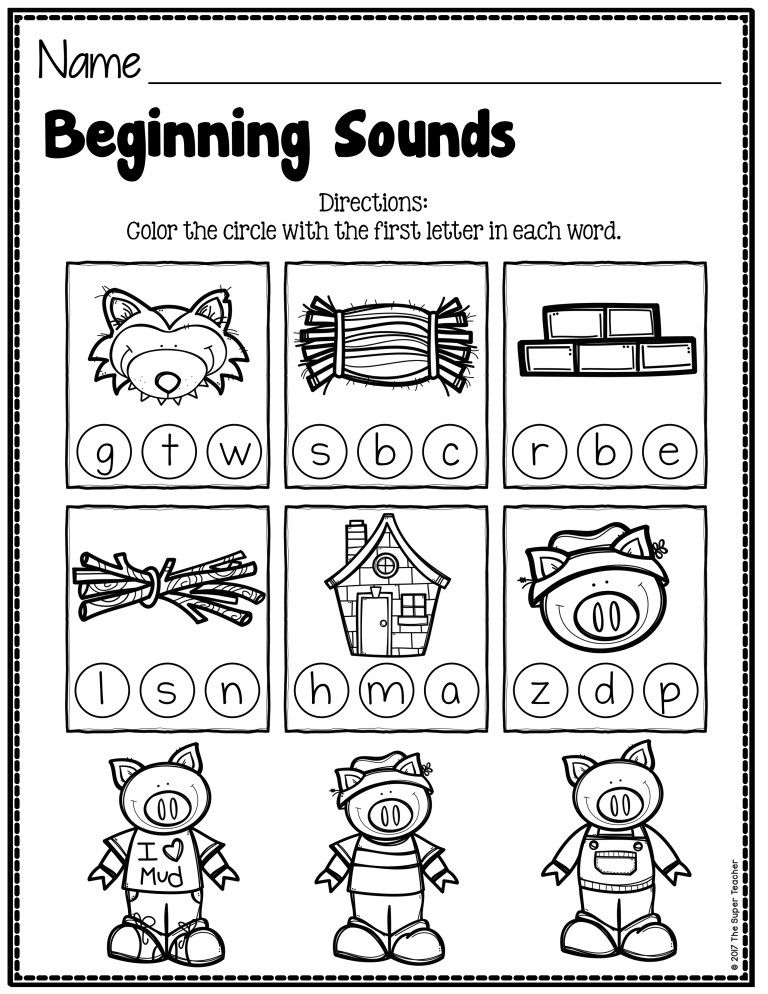 The child is given the opportunity to draw his own conclusions. “Only such a position contributes to the proper maturation of the child. To tell him directly how to behave means to burden the fetters of childish immaturity with the slavish fetters of the dictates of adults, ”writes Bettelheim.
The child is given the opportunity to draw his own conclusions. “Only such a position contributes to the proper maturation of the child. To tell him directly how to behave means to burden the fetters of childish immaturity with the slavish fetters of the dictates of adults, ”writes Bettelheim.
Therefore, one should speak with a child in the language of a fairy tale, and not in the language of moralizing.
***
The Soviet child was not familiar with the version of the fairy tale that Bruno Bettelheim analyzed in such detail. The "classic" version known to us belongs to Sergei Mikhalkov and is called "The Three Little Pigs". And this is a completely different story.
Pigs have names: Nif-Nif, Nuf-Nuf and Naf-Naf. And this author's decision leads to a semantic shift and a change in the plot.
Pigs that have names also have characters. The author - albeit in a few words - reports that Nif-Nif and Nuf-Nuf are frivolous and love to play. And Naf-Naf is serious and hardworking.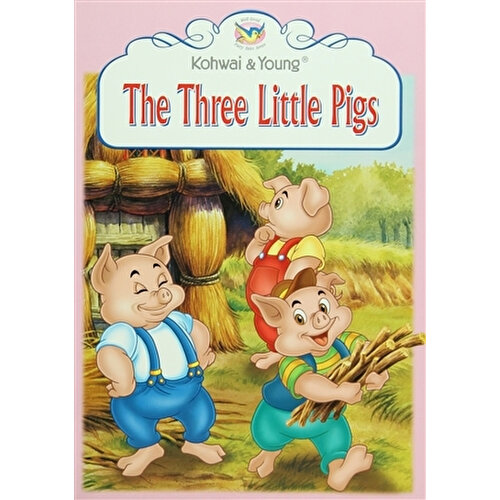 That is, Mikhalkov's piglets have individuality. Compared to them, the piglets from the folk tale are “under-incarnated” shadows. But it is precisely because of this non-incarnation that they can "merge" with each other in the child's imagination. That is why their disappearance is not a tragedy for the reader. And the child easily (as it seems to Bettelheim) should switch to the third pig, with which he is identified. Moreover, in the disappearance of the first two pigs, as already mentioned, there is a deep meaning.
That is, Mikhalkov's piglets have individuality. Compared to them, the piglets from the folk tale are “under-incarnated” shadows. But it is precisely because of this non-incarnation that they can "merge" with each other in the child's imagination. That is why their disappearance is not a tragedy for the reader. And the child easily (as it seems to Bettelheim) should switch to the third pig, with which he is identified. Moreover, in the disappearance of the first two pigs, as already mentioned, there is a deep meaning.
But letting a wolf eat a pig with a name and character is completely impossible - even if the pig is misbehaving. If the wolf in Mikhalkov's fairy tale had swallowed a piglet, this would have been perceived not as a logical consequence of unreasonable behavior, but as an adult's cruel treatment of a child (a piglet is a small child; a wolf is an adult, big and strong, who punishes the child). After all, the child-listener also often behaves badly or incorrectly. Is that what they eat? And in the fairy tale, moreover, bad behavior lies in the fact that the piglets want to play - that is, they do what is characteristic of the child and what is organic for him.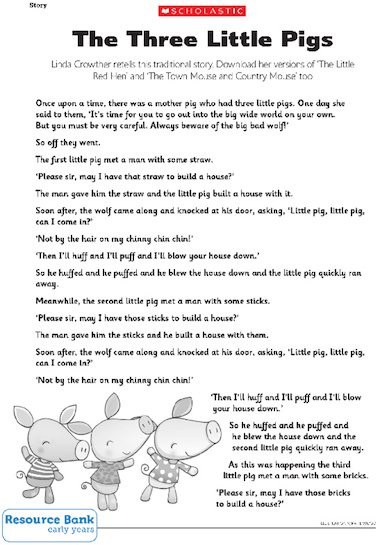 Such a turn of events would be truly terrible. And it is unlikely that the child found the strength to perceive the tale as instructive: the image of cruelty has the property of capturing attention, fixing it on itself - that is, it is a very strong experience that obscures everything else.
Such a turn of events would be truly terrible. And it is unlikely that the child found the strength to perceive the tale as instructive: the image of cruelty has the property of capturing attention, fixing it on itself - that is, it is a very strong experience that obscures everything else.
Therefore, there is something terrible in the fairy tale (the wolf is still terrible), but it is weakened. The wolf never achieves its goal and in the end suffers a complete defeat, falling into the cauldron. However, here the author follows the principle of humanism: the scalded wolf safely jumps out of the cauldron and runs into the forest. The main result of the struggle: the wolf no longer annoys the piglets. About the pigs, it is reported that they understood everything, were re-educated and began to live together. Absolutely happy ending.
From the point of view of philosophy, the author's tale obviously loses depth in comparison with the folk tale. But in this case, if necessary, we can easily answer the disgusting school question: what is the story about and what does it teach? The answer is on the surface: you need to be hardworking, diligent, positive - like a Naf-Naf pig.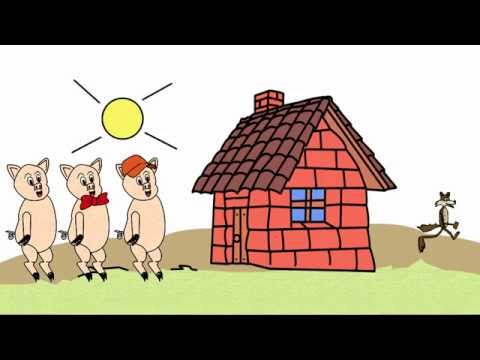 In general, labor created man, and even a pig can do something decent.
In general, labor created man, and even a pig can do something decent.
When the content of a fairy tale is easily translated into the language of morality, it is no longer a fairy tale, but a fable. And if the "main idea" and "morality" were the main advantages of Mikhalkov's work, it would not be worth talking about him.
***
But put before us two versions of a fairy tale - folk and Mikhalkov's - which one will we choose for today's child?
I personally am Mikhalkovsky. With all my reverent attitude towards Bettelheim. Moreover, Bettelheim's book for me is a textbook on understanding fairy-tale material and the ability to measure it with the child's psyche.
For a child of two and a half - three years old, I will choose the Mikhalkov version, where funny piglets are described so colorfully and vividly; where they, having defeated the wolf, do not eat it, but sing a song. I think that the English folk tale was originally addressed not to small children, but to adults.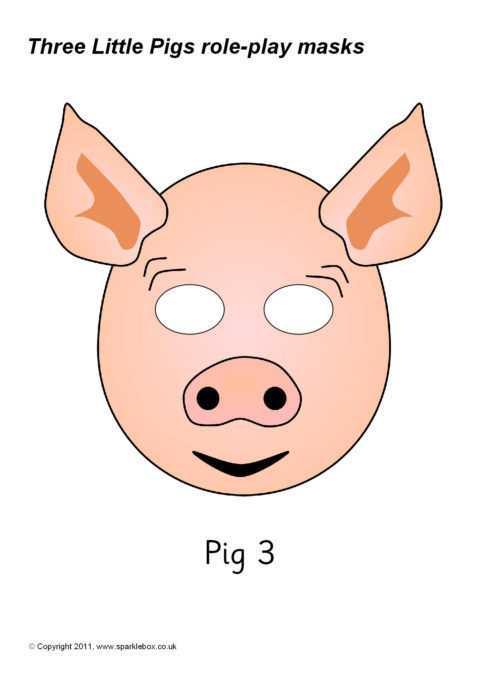 When she entered the circle of children's reading, it was also not about toddlers, but about children who had reached at least five years of age, or even six years of age - the period when, on the one hand, the idea of the principle of reality becomes relevant, and on the other hand, there is a request for scary tales.
When she entered the circle of children's reading, it was also not about toddlers, but about children who had reached at least five years of age, or even six years of age - the period when, on the one hand, the idea of the principle of reality becomes relevant, and on the other hand, there is a request for scary tales.
The shift made by Sergey Mikhalkov allowed the fairy tale about piglets to descend to the lower age floor. The story has been redirected. Now it is best to read it to three-year-olds. And three-year-olds will most safely ignore the moralism of the Soviet version. For them - people with psychomotor intelligence and cognizing the world around them through movement - it is important that there are many exciting actions in the fairy tale. Pigs play, build houses, run away from the wolf, hide; the wolf breaks houses, climbs somewhere, falls somewhere and also runs away - and all this is recognizable, interesting, dynamic. This is a real adventure story, a thriller for the little ones.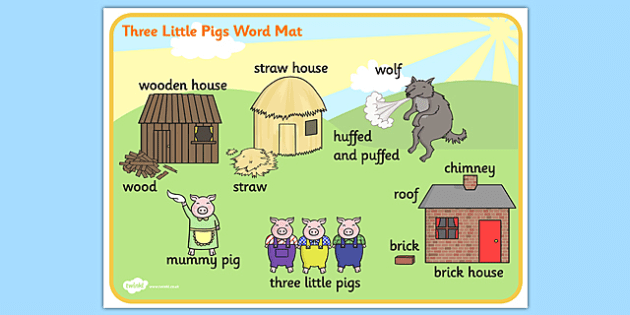 And a happy ending - an unconditional happy ending - is another confirmation of the stability of the world. No creature that has a name should disappear from it. No play-loving pig.
And a happy ending - an unconditional happy ending - is another confirmation of the stability of the world. No creature that has a name should disappear from it. No play-loving pig.
And I will also choose the Mikhalkov version for the very individualization of the images that the author carried out when retelling a folk tale.
Folklore can be considered the soil from which literature in general and children's literature in particular grew (this was brilliantly proved in their time by K. Chukovsky and S. Marshak). But modern literature cannot but take into account the new psychological demands of the reader. And these requests are connected with the awareness of one's own separateness, individuality and its value. Therefore, endowing the characters with individual characteristics and characters is the main trend in the development of a fairy tale in the 20th century.
As for the folk tale, it seems to me that it would be right and interesting to offer it for comparison with the Mikhalkov version for children of nine or ten years old.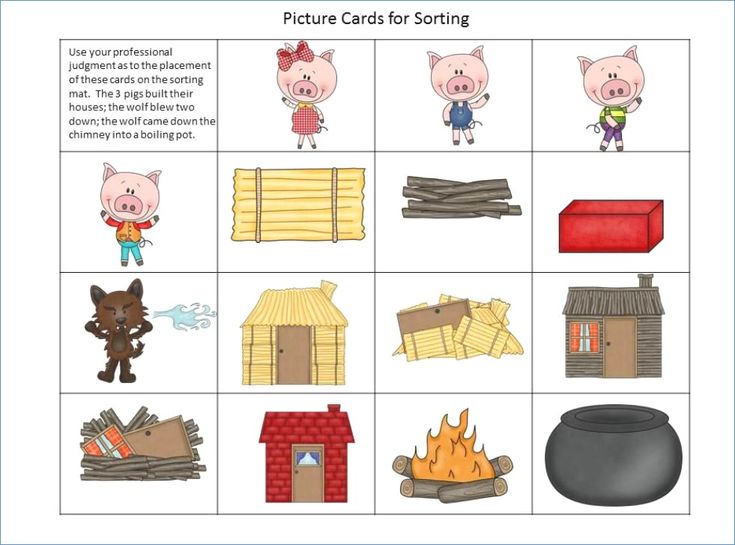 Why not an introduction to literary criticism?
Why not an introduction to literary criticism?
Marina Aromshtam
The English folk tale described by Bruno Bettelheim has not been translated into Russian. Only her adapted retellings exist. So, for example, the Ripol Classic publishing house published the fairy tale The Three Little Pigs (illustrations by E. Bulatov and O. Vasiliev) with a text based on an English folk tale.
Three little pigs (SV Mikhalkov), three little pigs literary fairy tale, Russian peoples of the world
Once upon a time there were three little pigs in the world. Three brothers.
All of the same height, round, pink, with the same cheerful ponytails.
Even their names were similar. The piglets were called Nif-Nif, Nuf-Nuf and Naf-Naf. All summer they tumbled in the green grass, basked in the sun, basked in the puddles.
But autumn has come.
The sun was not so hot anymore, gray clouds stretched over the yellowed forest.
- It's time for us to think about winter, - Naf-Naf once said to his brothers, waking up early in the morning.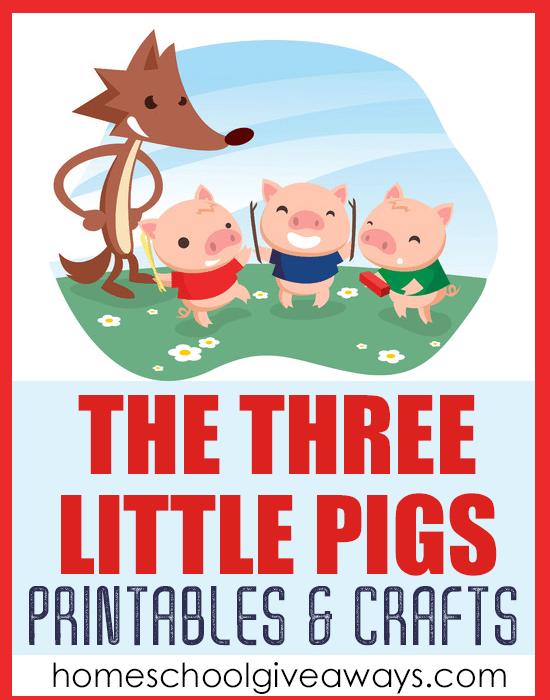 - I'm shivering from the cold. We may catch a cold. Let's build a house and winter together under one warm roof.
- I'm shivering from the cold. We may catch a cold. Let's build a house and winter together under one warm roof.
But his brothers didn't want to take the job. It is much more pleasant to walk and jump in the meadow on the last warm days than to dig the earth and carry heavy stones.
- Have time! Winter is still far away. We'll take a walk, - said Nif-Nif and rolled over his head.
- When necessary, I will build a house for myself, - said Nuf-Nuf and lay down in a puddle.
- Me too, - added Nif-Nif.
- Well, as you wish. Then I will build my own house, - said Naf-Naf. - I won't wait for you. Every day it got colder and colder. But Nif-Nif and Nuf-Nuf were in no hurry. They didn't even want to think about work. They were idle from morning to evening. All they did was play their pig games, jump and roll.
- Today we will take a walk, - they said, - and tomorrow morning we will get down to business.
But the next day they said the same thing.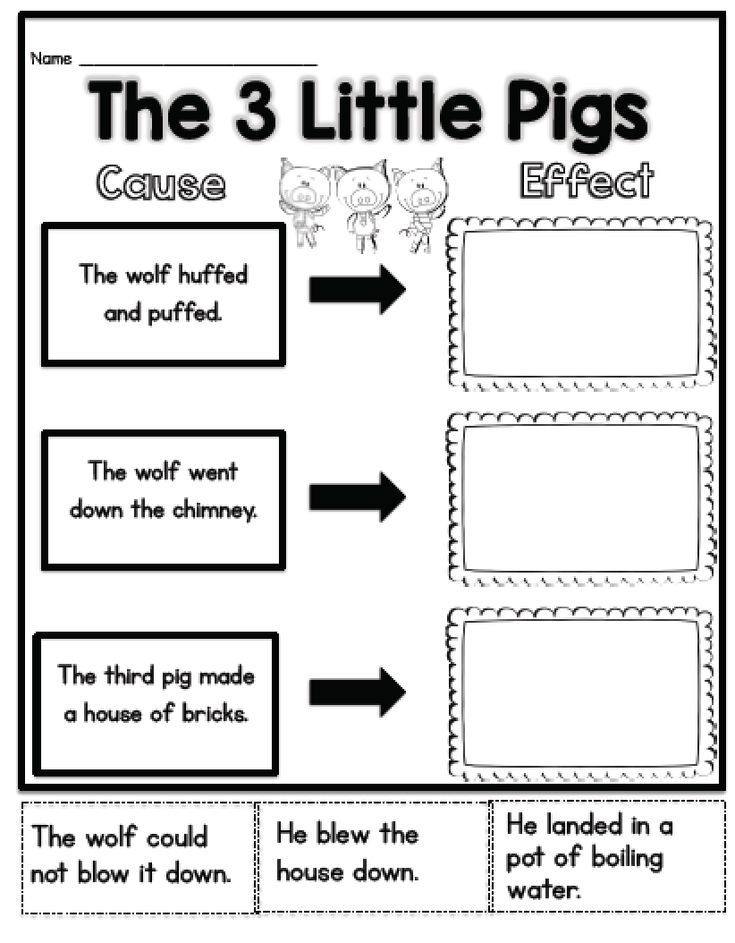
And only when a large puddle near the road began to be covered with a thin crust of ice in the morning, the lazy brothers finally got to work.
Nif-Nif decided that it would be easier and most likely to make a house out of straw. Without consulting anyone, he did just that. By evening, his hut was ready.
Nif-Nif put the last straw on the roof and, very pleased with his house, sang merrily:0041 You will go around, you will go around,
You will not find a better home,
You will not find it, you will not find it!
Singing this song, he went to Nuf-Nuf. Nuf-Nuf, not far away, also built a house for himself. He tried to finish this boring and uninteresting business as soon as possible. At first, like his brother, he wanted to build a house out of straw. But then I decided that it would be very cold in such a house in winter. The house will be stronger and warmer if it is built from branches and thin rods. And so he did.
He drove stakes into the ground, interlaced them with rods, heaped dry leaves on the roof, and by evening the house was ready.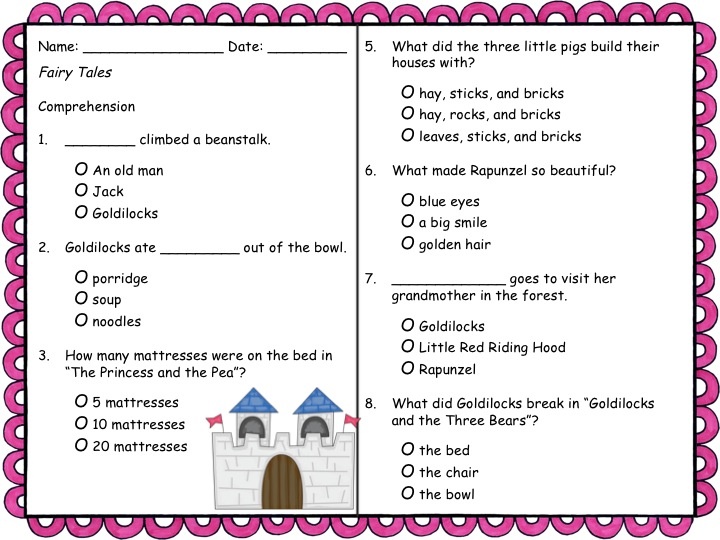
Nuf-Nuf proudly walked around him several times and sang:
I have a good house,
A new house, a solid house.
I'm not afraid of rain and thunder,
Rain and thunder, rain and thunder!
Before he could finish the song, Nif-Nif ran out from behind a bush.
- Well, your house is ready! - said Nif-Nif brother. “I told you we could do this alone!” Now we are free and can do whatever we want!
- Let's go to Naf-Naf and see what kind of house he built for himself! - said Nuf-Nuf. - We haven't seen him for a long time!
- Let's go see! - agreed Nif-Nif.
And the two brothers, contented that they had nothing else to worry about, hid behind the bushes.
Naf-Naf has been busy building for several days now. He dragged stones, kneaded clay, and now slowly built himself a reliable, durable house in which one could hide from wind, rain and frost.
He made a heavy oak door with a bolt in the house so that the wolf from the neighboring forest could not climb up to him.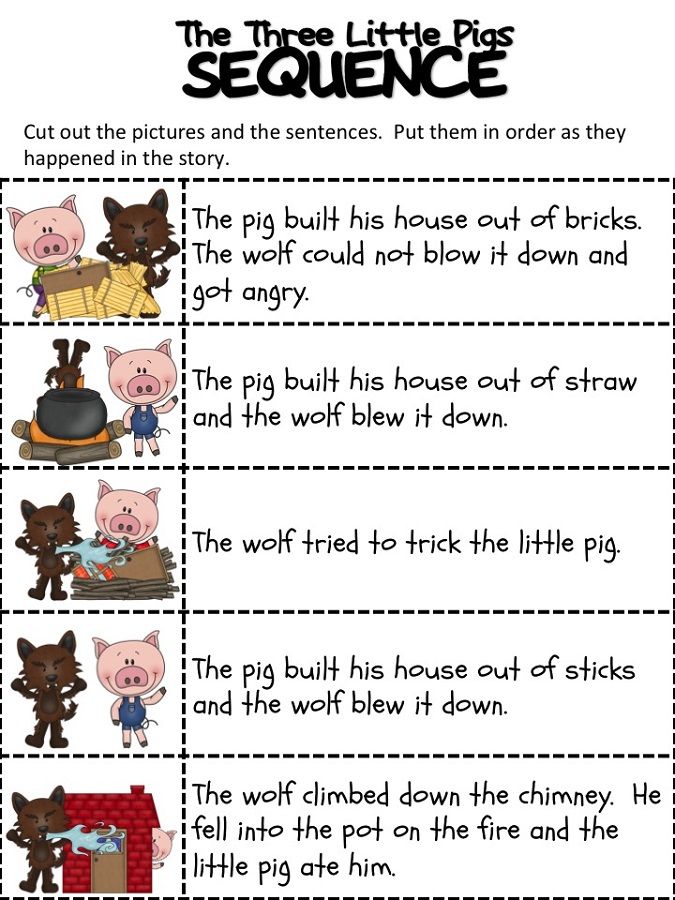
Nif-Nif and Nuf-Nuf found their brother at work.
- What are you building?! - the surprised Nif-Nif and Nuf-Nuf shouted in one voice. - What is it, a house for a piglet or a fortress?
- Piglet's house should be a fortress! - calmly answered them Naf-Naf, continuing to work.
- Are you going to fight with someone? - Nif-Nif grunted merrily and winked at Nuf-Nuf.
And both brothers were so merry that their squeals and grunts carried far across the lawn.
And Naf-Naf, as if nothing had happened, continued to lay the stone wall of his house, humming a song under his breath:
Of course, I'm smarter than everyone,
Smarter than everyone, smarter than everyone!
I build a house from stones,
From stones, from stones!
No animal in the world,
Cunning beast, terrible beast,
Will not burst into this door,
Into this door, into this door!
- What animal is he talking about? - asked Nif-Nif from Nuf-Nuf.